Silver has always played a prominent role in global markets, both as a safe haven and as a key asset for the technology and renewable energy industries.
However, its price has fluctuated significantly over the past decades, often remaining in the shadow of gold. Let’s analyze some aspects now.
Disclaimer:
The information provided does not constitute a solicitation for the placement of personal savings. The use of the data and information contained as support for personal investment operations is at the complete risk of the reader.
Contents
#1. The value of silver in respect to gold
Historically, the ratio of the price of gold to that of silver has been an important economic indicator. Although both are precious metals, silver has devalued more due to several factors, including greater availability on the market and wider use in industry compared to gold’s purely store of value function.
Silver has a significantly higher annual production than gold, which makes it less rare and therefore less valuable in relative terms. In addition, the perception of gold as a safe haven asset par excellence leads investors to prefer the latter in times of economic crisis. However, industrial demand for silver is growing, especially thanks to new technologies that make it an essential element for many sectors.
Monetary policies also affect the price gap between gold and silver: as central banks accumulate large gold reserves, silver is less considered in this respect, reducing its attractiveness as a store of value. However, the increasing application of silver in new technologies could gradually change this perception and reduce the price gap with gold.
#2. Industrial applications of silver
Silver is used in many industrial sectors , which absorb over 50% of global production. Its main use is in the electronics sector, where it is used for the production of printed circuits, electrical contacts and high-conductivity components. In fact, this metal has a higher electrical conductivity than any other material, making it essential for many modern technologies.
Another key application of silver is in solar panels, where it is a crucial element for the efficiency of photovoltaic modules. It is estimated that about 20% of the demand for silver is destined for this sector, a percentage that is expected to grow with the increase in investment in renewable energy.
In addition to its importance in the technology industry, silver is also used in jewelry, in the medical industry for its antibacterial properties, and in the production of mirrors and coatings. The photographic industry, once a major consumer of silver for film development, has seen a sharp decline in use with the advent of digital photography, but the metal continues to be in demand in other emerging industrial applications.
Growing technological demand could increase the value of silver in the coming years, leading it to be considered an even more strategic metal for the global economy.
#3. Silver in renewable energy
One of the most promising sectors for the growth of silver demand is that of renewable energy . The production of solar panels uses ever greater quantities of this metal thanks to its exceptional conductive properties, which allow for better energy transfer and therefore an increase in the efficiency of photovoltaic systems.
With the expansion of global policies geared towards ecological transition, the demand for clean energy is set to grow, driving a greater demand for silver. Currently, leading countries in solar energy production, such as China , the United States and Europe, are increasing investments in new technologies, leading to an increase in the use of silver in photovoltaic modules.
In addition to solar, silver could also find applications in advanced batteries and other energy storage solutions, which are key to a renewable energy system. If this sector continues to expand at its current pace, the price of silver could see a significant boost.
#4. The impact of duties on the price
Global trade policies directly affect the price of silver, making it subject to fluctuations due to tariffs, export restrictions, and market regulations. Trade conflicts between major economies, such as those between the United States and China, have shown how even small changes in tariffs can have a significant impact on the value of silver.
When a country imposes tariffs on silver imports or products containing it, the cost to companies increases, reducing demand and lowering the price of the metal. Conversely, export restrictions in producing countries can reduce global supply, favoring an increase in the price .
Another key element is the effect of protectionist policies on industries that use silver, such as electronics, photovoltaics and jewelry. If production costs increase due to high tariffs, companies may reduce their purchases of silver, affecting its market price.
Currency fluctuations play a major role in determining the value of silver internationally. A strengthening dollar against other currencies makes silver more expensive for foreign buyers, decreasing global demand. Likewise, a weakening dollar can lead to increased exports of silver and increase its value.
The policies of some central banks and governments can drastically alter the market. If a major silver-consuming country decides to impose restrictions or taxes on silver trade, the entire industry could suffer economic repercussions.
Additionally, the price of silver is often influenced by macroeconomic decisions related to trade treaties and international agreements . Removing restrictions or signing new agreements can create more stable trade flows, making the silver market less volatile and encouraging more consistent growth.
Looking ahead, rising geopolitical tension and changes in global economic strategies could make the price of silver even more unpredictable. Investors should carefully monitor the policies of producing and consuming countries to understand the possible trends in the silver market in the coming years.
#5. The price rise as in the past
Between 1970 and 1980, silver reached very high prices, thanks to speculative factors and an expanding industrial demand. Today, the value of silver is considerably lower than those historical peaks, but some factors could favor a new increase.
However, if the price of gold were to start to gallop rapidly, the economic impossibility for some people to access small denomination gold coins or bars, could divert their choice to purchase them in silver. This, combined with the narrative of a very undervalued silver, could have a disruptive effect on its price.
One of the key drivers is the growth of technology, which is increasing the demand for silver in sectors such as advanced electronics, renewable energy and automotive. The growing use in solar panels and next-generation batteries could lead to greater demand, positively influencing the price.
Furthermore, silver is increasingly considered a safe haven, especially in times of economic instability and inflation. If investors were to focus on this metal again, its value could undergo a significant revaluation.
Another thing to consider is the decline in mining production. Mining silver is becoming more expensive, and a reduction in supply could lead to an increase in price. If silver supply continues to decline while demand increases, the value could approach past levels.
However, market volatility and global economic policies play a major role. Central banks, trade tariffs, and investment strategies could impact the value of silver in the coming years.
If these factors converge favorably, silver could return to being a highly valuable asset, attracting the attention of investors and companies, and returning to the high prices it enjoyed in decades past.
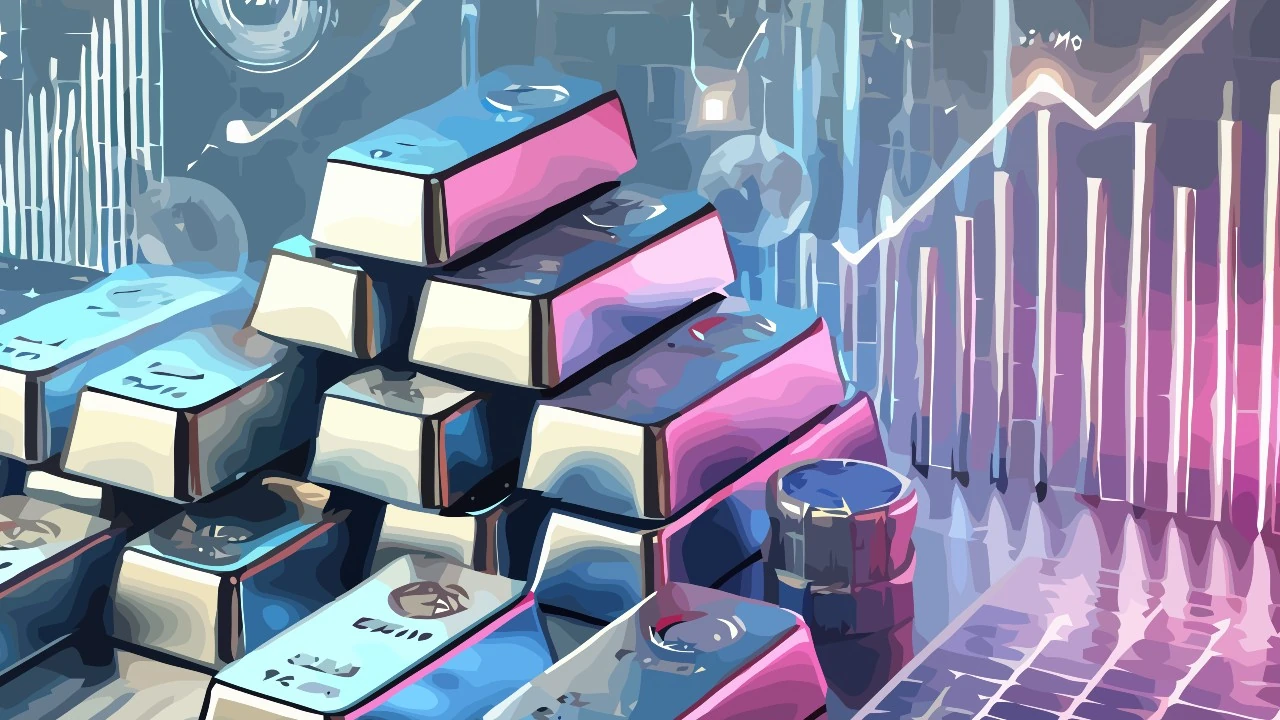
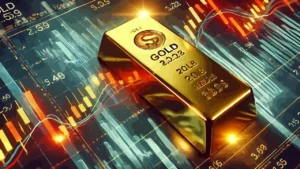

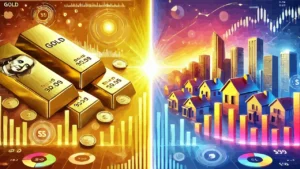
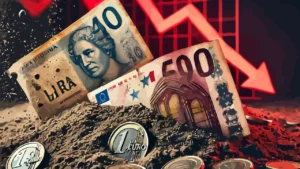

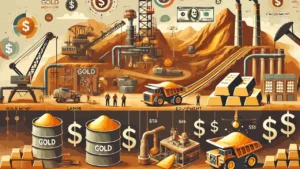
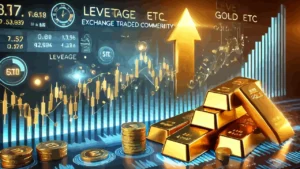
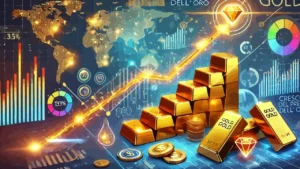
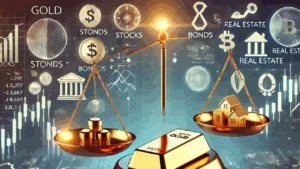
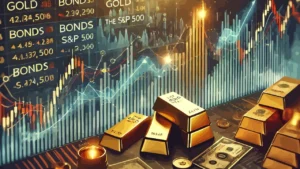
Leave a Reply